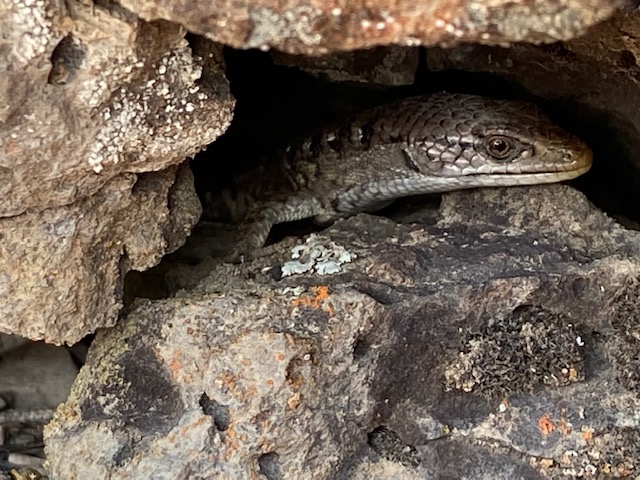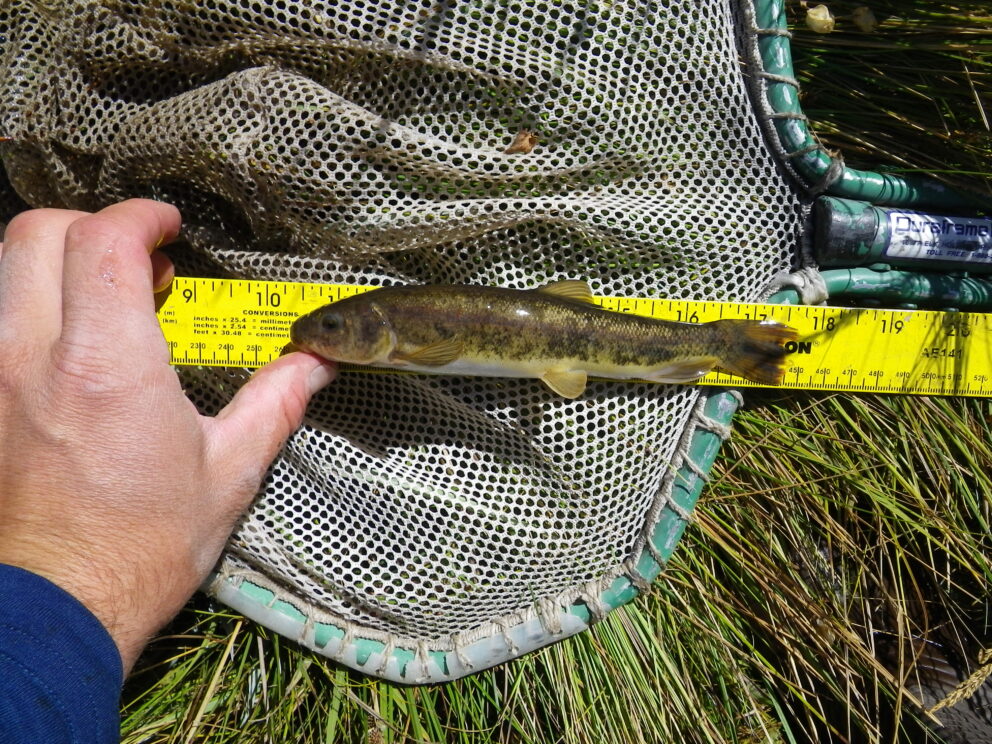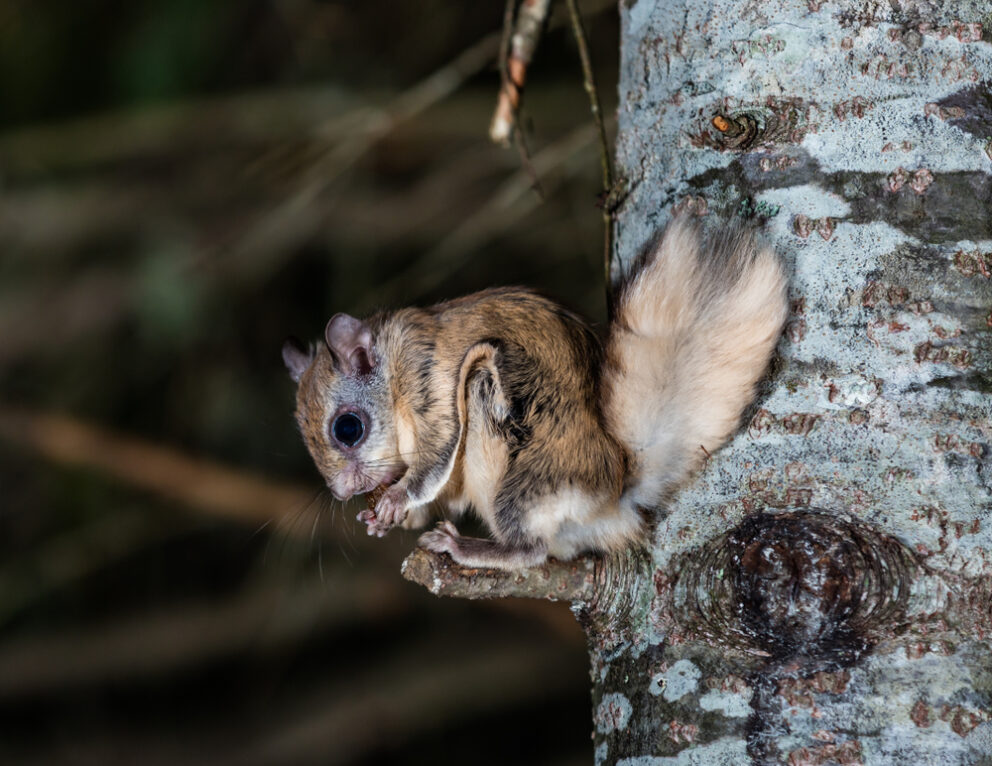- SCIENTIFIC NAME
- Elgaria coerulea shastensis
- CLASSIFICATION
- Reptile
- LIFE SPAN
- 5-10 Years
- STATE CONSERVATION STATUS
-
- Priority Species
- State Protected
- FEDERAL CONSERVATION STATUS
- Least Concern
- GAME STATUS
- Non-Game
- Washoe
- Humboldt
- Pershing
- Churchill
- Mineral
- Lyon
- Douglas
- Carson City
- Storey
- Elko
- Lander
- Eureka
- White Pine
- Esmeralda
- Nye
- Lincoln
- Clark
Habitat & Range
The Shasta Alligator Lizard is generally found in cooler, damper places in a variety of forested habitats. They can also be found in grassy grown-over areas at the edge of woodlands, in clear-cuts, near streams, and rock outcrops. They find cover under rocks, logs, and dense vegetation. The Shasta Alligator Lizard is only found in the extreme Northwest part of Nevada.
- Cold desert shrubland and sagebrush
- Grasslands
- Pinyon juniper forests
Threats
- Habitat Loss
- Overcollection
Natural History
The Shasta Alligator Lizard is a subspecies of the Northern Alligator Lizard. They are known to eat a variety of small invertebrates, including insects, spiders, millipedes, slugs, snails, and worms. It will also eat small lizards and small mammals and will occasionally feed on bird eggs and young birds.
Alligator Lizards are generally secretive, tending to hide in brush or under rocks, although they are often seen foraging out in the open or on roads in the morning and evening. They will often take refuge in crevices, rock fissures, and mammal burrows.
Fun Facts














